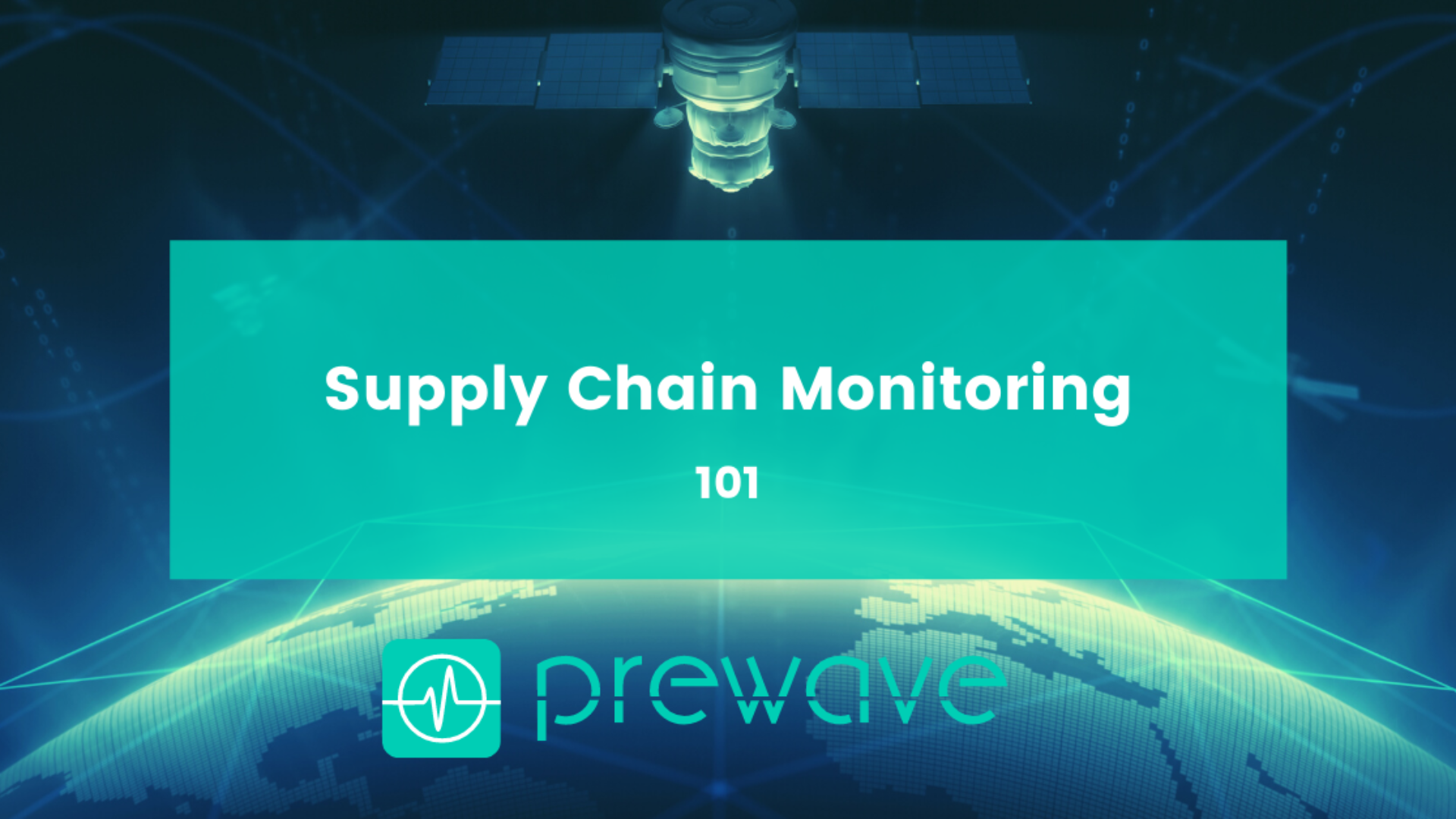AI can detect possible Risks in Supply Chain Networks by mining different data sources including: news outlets, weather feeds, social media, unstructured reports, and more. It looks for natural disasters, country policies and events, supplier news, weather events, and quantify potential impact on different “nodes” in the network
Business value: better visibility for supply line managers, improving reaction time to supply line disruptions

Understand the Use-case under 5 minutes

Article (6 minutes)
Applying AI to data from social networks and global newswires can help to quickly identify where and how fast a disease is spreading, the severity of local political unrest, or the impact of a climate event such as flooding.
Visit
Video (5 minutes)
Prewave provides an AI-driven predictive supply chain risk intelligence solution, they use machine learning to analyze social media data and news media data globally in 36 languages and predict man-made risks on that.
WatchGet to know more Business and Technical details about the use-case (15-30 minutes)
More detailed introduction covering business and technical aspects

Article (2 minutes)
KPMG Supply Chain Predictor: providing a digital-twin view of your supply chain and operations, and combining external and internal data to proactively manage events and risks. Includes a video demo
Visit
Article
Digital twins seek to solve breakages in the supply chain by anticipating them before they happen and then using AI to figure out a workaround. The article sheds some light on how AI can work with Simulation engines to achieve this
Read
Article (7 minutes)
This article focuses on one type of risk related to Supply Chain Disruption: Natural Disasters. It explains how Machine Learning could be used to predict events like earthquakes, volcanic eruptions, floods, and more
VisitCase studies, Organizational Aspects, Return on Investment examples

Paper
Prewave algorithm has been analyzing news about suppliers from publicly available online media sources as part of a pilot project for Audi, VW and Porsche being conducted in around 150 countries. The brands have analyzed more than 5,000 keywords and are keeping an eye on over 4,000 suppliers
Read
Video (37 minutes)
Leaders from Interos reveal findings from the report and discuss best practices organizations can adopt AI to achieve operational resilience goals with their Supply Chain Networks
Watch
Paper
Strikes across major seaports Predicted by Prewave more than 14 days in advance by analyzing large-scale data collection and geo-specific targeting
ReadMore details on the technical aspects of the use-case

AWS provides an intelligent social media dashboard solution that enables users to extract insights from social media. it could be be used in analyzing the tweets related to certain topics/areas/products extract insights that could indicate possible risks
Visit
Video (39 minutes)
Sentiment Analysis about certain topics/areas/products could be used as a proxy to detect and quantify risks per different parts of the Supply Chain network
Watch
Article (13 minutes)
The Amazon Forecast Weather Index combines multiple weather metrics from historical weather events and current forecasts at a given location. It could be overlaid on top of supply chain geospatial data to quantify risk per location
VisitTechnical resources that will help you implement the use-case (notebooks, tutorials..)

Kaggle competition
An introductory competition on Kaggle that processes input tweets with natural language processing techniques to classify whether the tweet describes an actual disaster
Visit
Paper + Code
The authors first propose a supply chain risk prediction framework using data-driven AI techniques. They then explore the trade-off between prediction performance and interpretability. Github repo here
Read
Article (7 minutes)
Sentiment Analysis about certain topics/areas/products could be used as a proxy to detect and quantify risks per different parts of the Supply Chain network
VisitData Sets you can use to build Demos, POCs, or test Algorithms
Twitter data collected during 19 natural and human-induced disasters. Each dataset contains tweet-ids and human-labeled tweets of the event.
Scenes of destruction and the negative aftermaths of disasters. It includes scenes of destroyed infrastructure, neighborhoods, and public spaces.
Off-the-Shelf Products using AI for Predicting Supply Chain Disruption
Got a Question or a Resource to share with the Community? Please do!
80%+ Earlier Awareness
Copyright © 2025 AI Cases. All rights reserved
Session expired
Please log in again. The login page will open in a new tab. After logging in you can close it and return to this page.